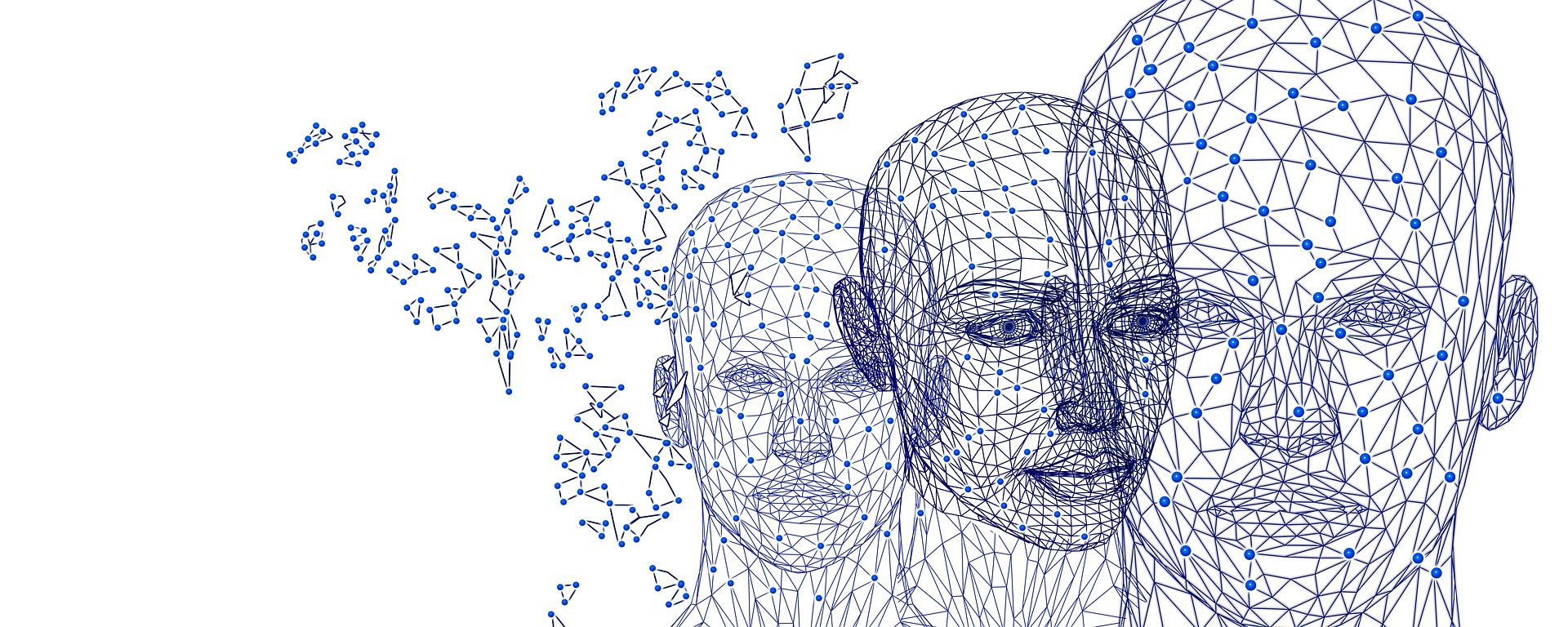- Fabrizia Giannotta Division of Public Health, School of Health, Care and Social Welfare, Mälardalen University, Västerås, Sweden; Department of Public Health Science, Stockholm University, Stockholm, Sweden
- Cecilia Åslund Centre for Clinical Research, Uppsala University, Västmanland County Hospital Västerås, Sweden; Department of Public Health and Caring Sciences, Uppsala University, Uppsala, Sweden
- Charlotta Hellström Division of Public Health, School of Health, Care and Social Welfare, Mälardalen University, Västerås, Sweden
- Peter Larm Department of Public Health Science, Stockholm University, Stockholm, Sweden
DOI:
https://doi.org/10.4309/jgi.2022.49.4
Keywords:
Risk Behaviours, Mental Health Problems, Adolescents, Gambling
Abstract
Adolescent gambling is becoming a public health problem. While comorbidities with other externalizing behaviours have been ascertained, few studies focus on adolescents with a multi-problem behaviour pattern, i.e., alcohol and tobacco use, in addition to antisocial behaviour, which includes problem gambling. The purpose of this study was to identify adolescents with multi-problem behaviours, i.e., alcohol abuse, daily smoking, antisocial behaviour, and problem gambling and to investigate the differences in relation to gender. Unlike most studies on this topic, we adopted a person-oriented approach to identify groups of adolescent boys and girls who reported multi-problem risk behaviours, i.e., alcohol abuse, daily smoking, antisocial behaviour, and problem gambling. Moreover, we explored to what extent these adolescents exhibited mental health problems, i.e., depressive, psychosomatic, and ADHD symptoms, as well as sleep problems. The sample consisted of 1,526 adolescents from two age cohorts, 15- to 16-year-olds (n = 711, 47%) and 17- to 18-year-olds (n = 815, 53%). Latent Variable Mixture Modeling (LVMM) revealed one group with low rates of all risk behaviours and three groups with multi-problem behaviours. Among the latter three groups, two reported problem gambling and had higher levels of mental health problems. These results suggest that gambling can be added to the constellation of risk behaviours in adolescence and might be more associated with mental health problems than other externalizing behaviours.
